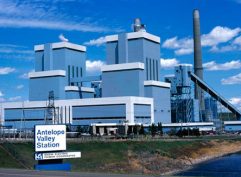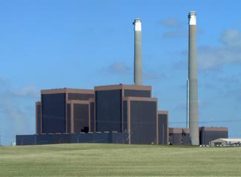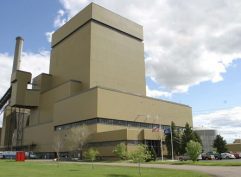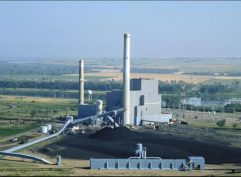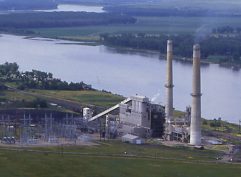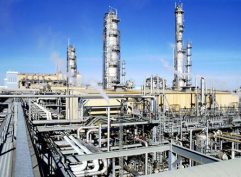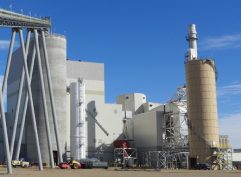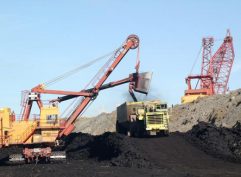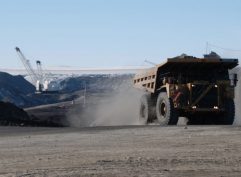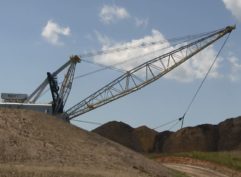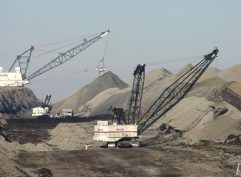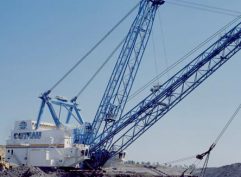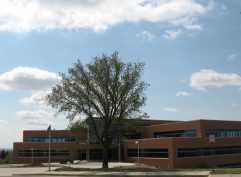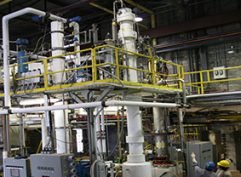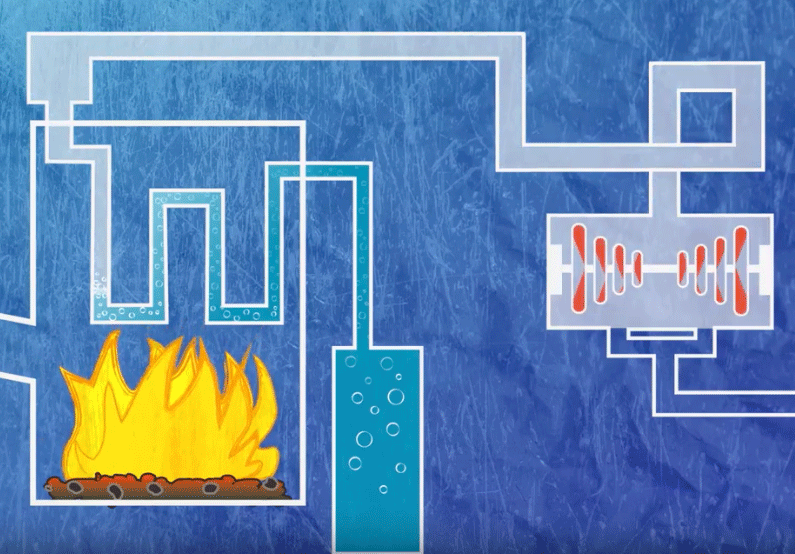Coyote Station: Evolving to serve customers today and tomorrow
From the outside, the 450-megawatt Coyote Station south of Beulah looks nearly the same as it did in 1981, following four-years of construction. But inside, the plant has made several changes to reduce emissions and make the plant more efficient.
Take mercury, for instance. In 1981, mercury emissions from coal-based power plants wasn’t a concern. At the time, the emission to be captured was sulfur-dioxide. The Coyote Station was equipped with a flue gas desulfurization system that used soda ash as a reagent. That was changed to lime in the 1990s, which did a better job and was more economical.
In 2000, the U.S. Environmental Protection Agency (EPA) first issued a finding that it was appropriate to regulate mercury from coal-based plants. After numerous years of proceedings, it began to be regulated as of April 2015.
Coyote Station is one of seven lignite-based power plants in North Dakota that had to meet the new mercury standard.
“Without controls, the station would not be able to meet the standard imposed by the EPA,” said Coyote Station Manager Brad Zimmerman. “We were somewhere between 8 and 12 pounds per trillion BTU prior to adding technology to control mercury.”
The standard for North Dakota lignite-based plants is four pounds per trillion BTU or less. The owners of the Coyote Station invested $2.5 million on a system to inject activated carbon into the flue gas exiting the boiler. The carbon captures the mercury, which is then caught in the baghouse, part of the same system that also reduces the sulfur dioxide emissions.
“We spend about $800,000 annually on the activated carbon, which becomes part of our operational expenses and is passed through the price of electricity,” said Zimmerman. “Our mercury emissions are now significantly lower than the EPA’s standard.”
Coyote Station is unique among the state’s lignite-based plants for several reasons. First, it is jointly owned by four utilities. The operator of the plant, Otter Tail Power Company, owns the largest percentage – 35 percent. Northern Minnesota Municipal Power Agency owns 30 percent while Montana-Dakota Utilities Co. has 25 percent ownership and Northwestern Energy has the remaining 10 percent.
“Because our plant has four owners, the employees at the plant act as caretakers of this investment made by four different utilities,” Zimmerman added. “We work hard to ensure we are delivering safe, affordable and reliable electricity and keeping the plant in compliance with state and federal environmental regulations. This is part of our stewardship to the owners and their customers.”
Coyote Station is also unique because it recently changed fuel suppliers. It purchased lignite coal from Dakota Westmoreland until last spring when it started buying its fuel from the new Coyote Creek Mine. Both mines are adjacent to the power plant. The coal arrives via a new conveyor belt from the mine located southwest of the plant.
“The owners of the plant sought proposals from various fuel suppliers about five years ago before choosing Coyote Creek Mine,” Zimmerman said. “They signed a 25-year contract with the mine and we began taking coal from the new mine in June of this year.”
Zimmerman is quick to point out that the plant engineers and operators are always looking at ways to be more efficient and produce electricity at a competitive price.
“We sell our electricity into the regional grid, which is a market based on price,” Zimmerman added. “We are competing with many different sources including nuclear and renewables along with other coal-based power plants. Through our diligence, our price has remained competitive and we continue to produce electricity while consuming about 2.5 million tons of lignite coal annually.”
He credits a work force of about 82 employees for their ingenuity and hard work. The average age is about 35 years. They have also proven to be a group that works safely. Coyote Station employees have not experienced a lost-time accident for the past 16 years.


